Braking systems that utilize these materials are made up of several components such as brake bands, brake lining, brake pads, brake shoes and brake blocks. Read More…
You only need to know one name for your friction material needs: Cook Bonding & Manufacturing. We have been working hard for over 3 decades and specialize in the manufacture of high quality friction materials, gear tooth facings, press blocks, and more.
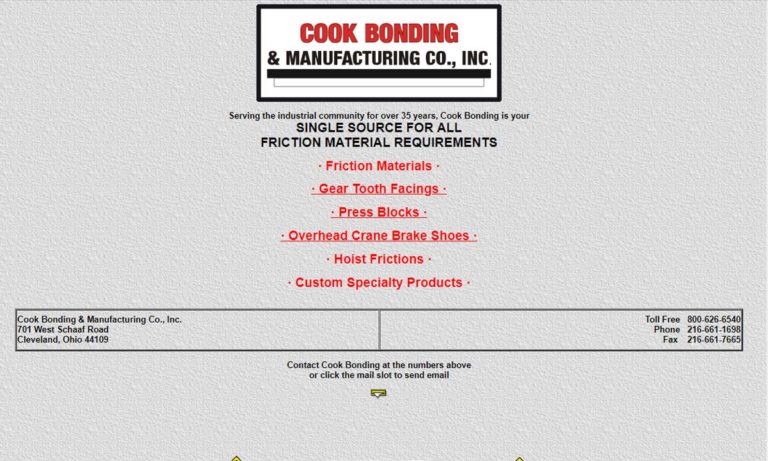
ProTec Friction Group is a producer of friction components and forms. By combining our manufacturing expertise with our supply chain knowledge, we are able to bring friction solutions to our customers.
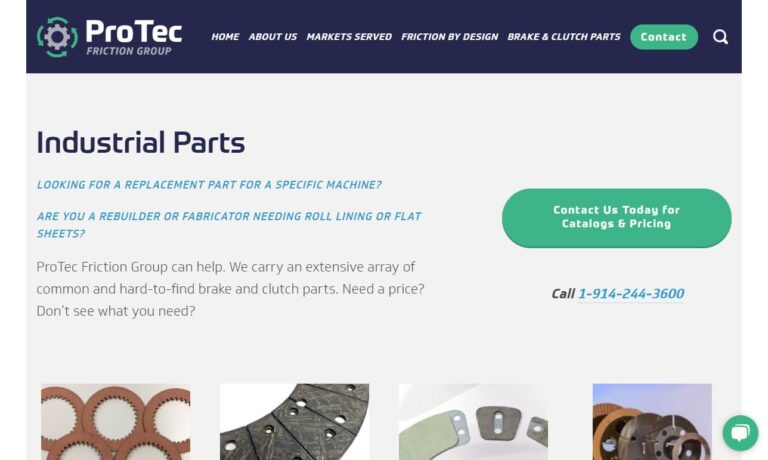
Cleveland Oak's friction material products division designs & manufactures friction products such as brake shoes, clutch facings, bands, disc brake pad products plus clutch pads. We keep metric & standard molded, sheet & woven friction materials in stock & perform friction materials bonding and riveting. In business since 1916, our high quality friction materials are economically priced as well.
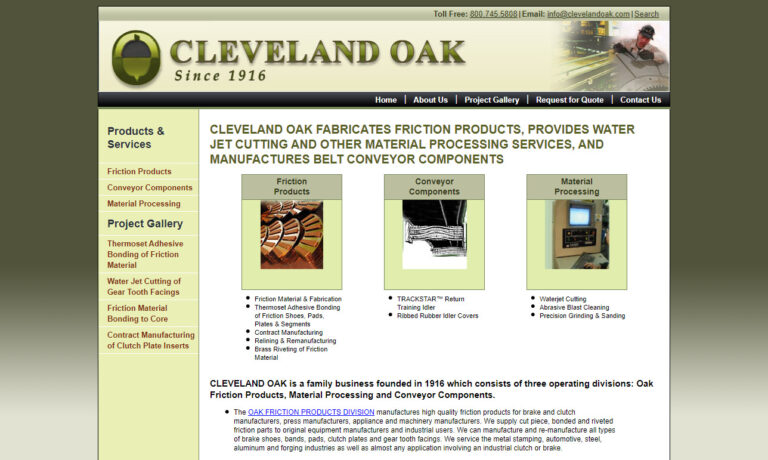
At Fisher Barton’s Accurate Specialties, our innovative, integrated manufacturing supports our expertise in chill casting, centrifugal casting, spuncast gear blanks, continuous casting, and more. Fisher Barton delivers complete, Accurate Specialties branded, fully machined, ready-to-hob bronze gear blanks made to exact customer specifications. With us, you can guarantee quick turnaround times...
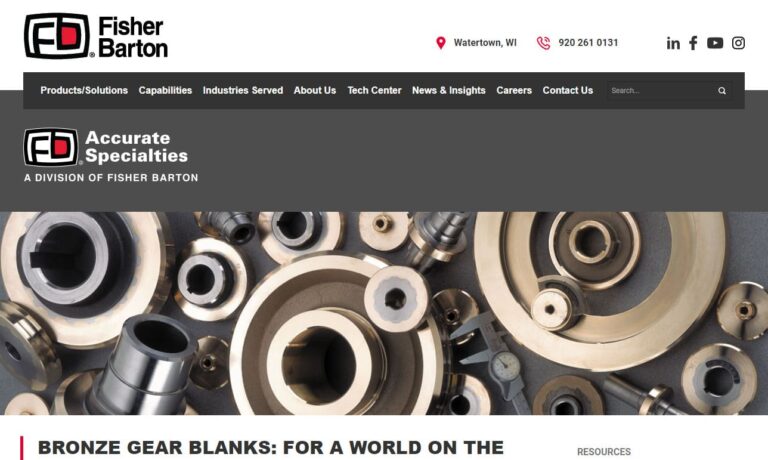
In business since 1732, The Rowland Company is a specialty distributor/fabricator of industrial power transmission components and friction materials. The company specializes in problem solutions tailored to our customer's specific needs from clutch sets and brake assemblies to couplings, gear boxes, variable speed drives and other related items, all designed to withstand rugged industrial use.
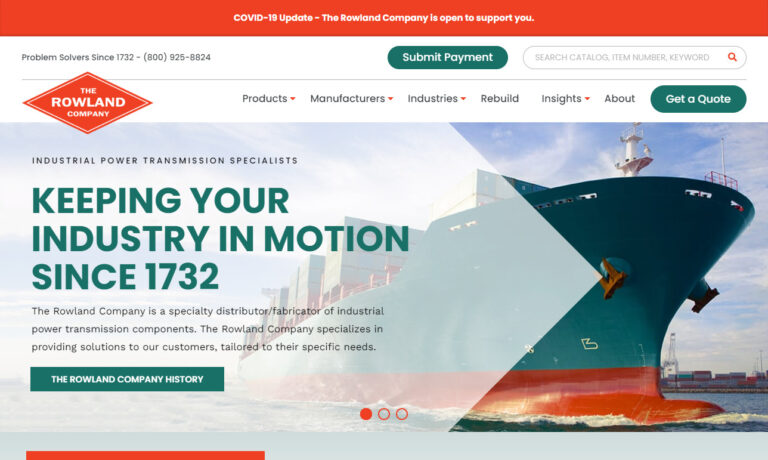
More Brake Material Manufacturers
The many different mechanical parts require many different brake materials. Likewise, the myriad of applications for brakes necessitates variable construction. These devices are used in automotive, railway, transit coach, bicycle, construction machinery and agricultural industries to help control speed and stop vehicles ranging from tractors to race cars. No matter the size or specific part, there are general guidelines for brake materials. These materials must be strong and able to resist wear effects as might be accrued from scoring, galling and ablation. As braking generates a great deal of waste heat, these materials must account for thermal expansion and remain constant at a range of temperatures, have high heat capacity, good thermal properties and conductivity.
These systems inherently deal with a great deal of pressure making the ability to withstand high contact pressures essential to their functionality. Braking systems are often exposed to the environment and must also be able to endure moisture, dust and other environmental factors while continuing to provide consistent slowing capabilities. Many, but not all, components are involved in the creation of friction that leads to the slowing of a vehicle. These particular components must exhibit all of the above characteristics while also maintaining a high coefficient of friction, which is the ratio of the force of friction between two bodies in contact with one another. These friction materials are often rough or textured to provide added friction and increase efficiency.
The basic process of braking relies heavily on the functionality and efficiency of the materials used to manufacture each of the many parts. In braking systems, a lever or pedal is pressed, releasing brake fluid which is put under pressure and delivered to the braking mechanism for each wheel simultaneously. A small hydraulic pump engages the brake shoe or caliper. The shoe presses the pad, or brake lining, into the spinning wheel or disc. The friction created by contact between the two materials causes the wheel to slow in proportion to the amount of pressure applied.
Among the high stress but low friction components such as the brake shoe or caliper, steel, cast iron, aluminum and ceramics are common. While asbestos was once the most popular choice for elements encountering large amounts of friction, health hazards have lead brake production to find alternatives. Ceramic, copper, steel, iron, mineral, cellulose, aramid, chopped glass, rubber and brass are all used in the creation of composite materials used in brakes. These amalgamations are useful in that they retain the qualities, friction resistance and strength, of any and all powders and fibers used in their formation.
These brake materials are often attached via rivets or strong adhesives to metal bases. Field experience, as well as chemical and material engineering, allows constant advancements in brake material design. These advancements result in reduced maintenance and operating costs, longer wear life, better functionality and overall consumer satisfaction.

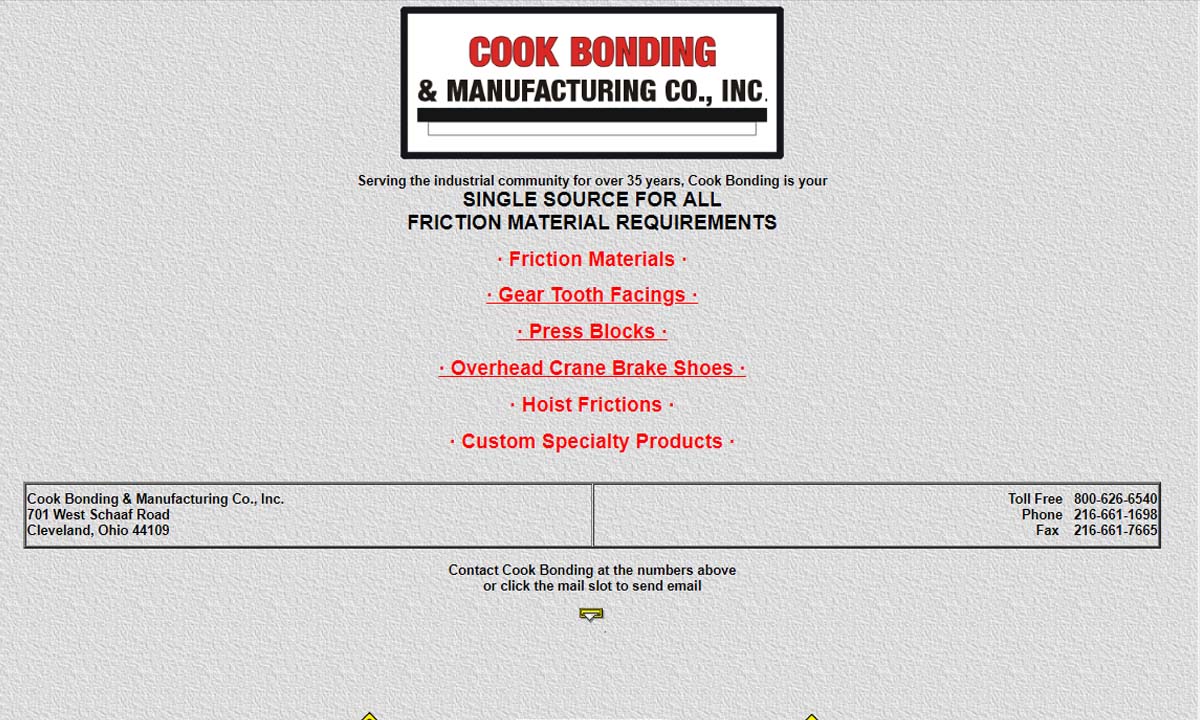
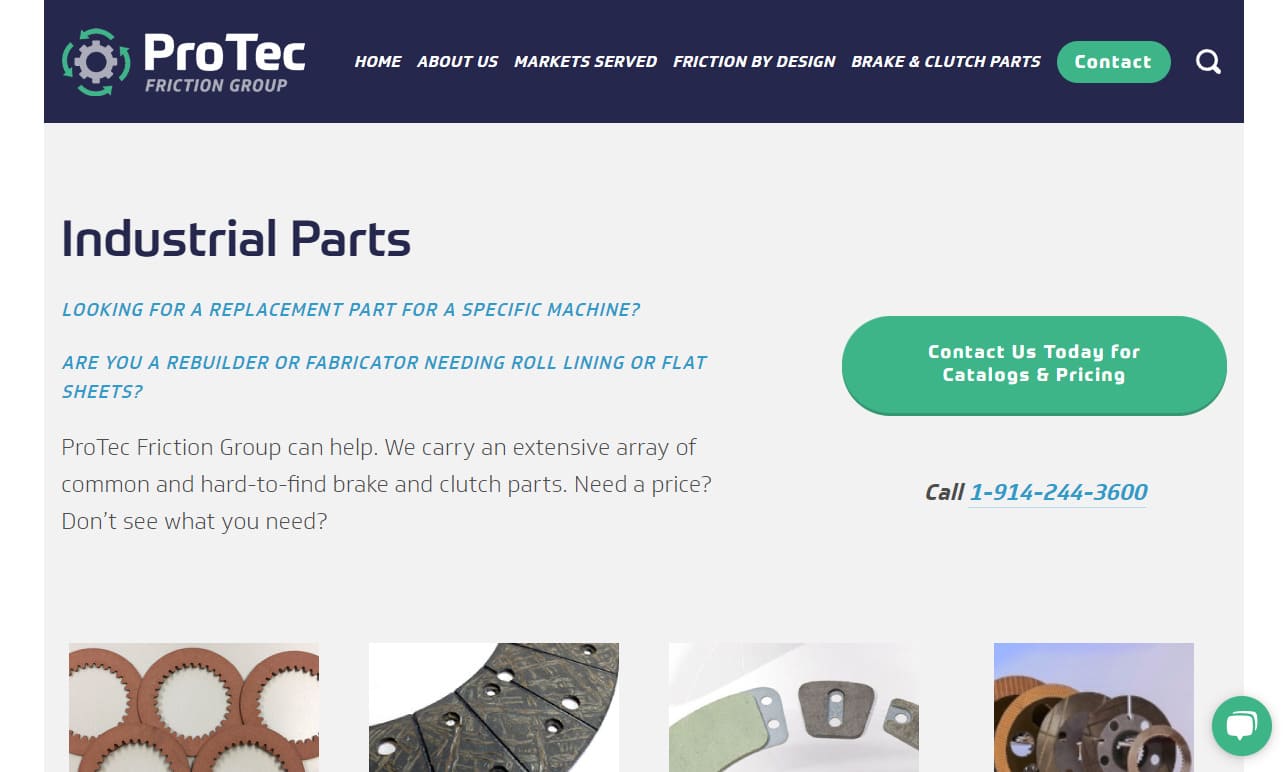
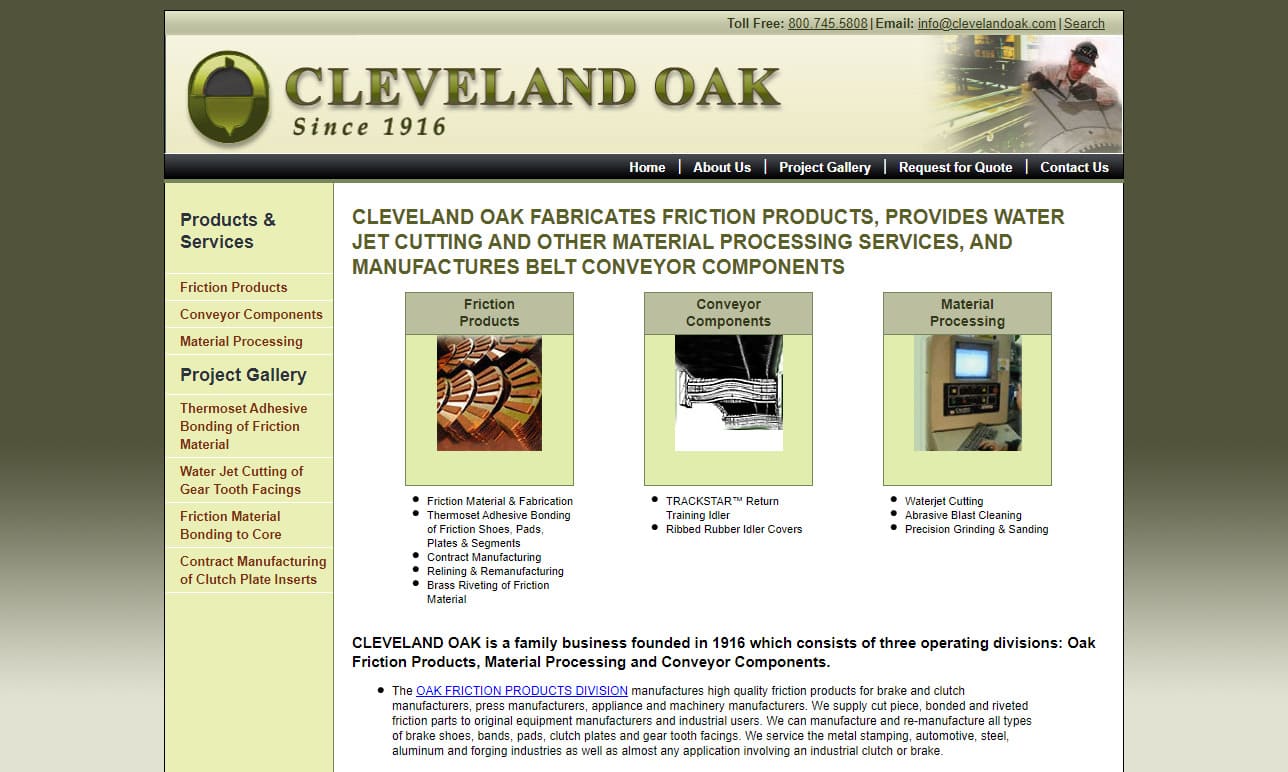
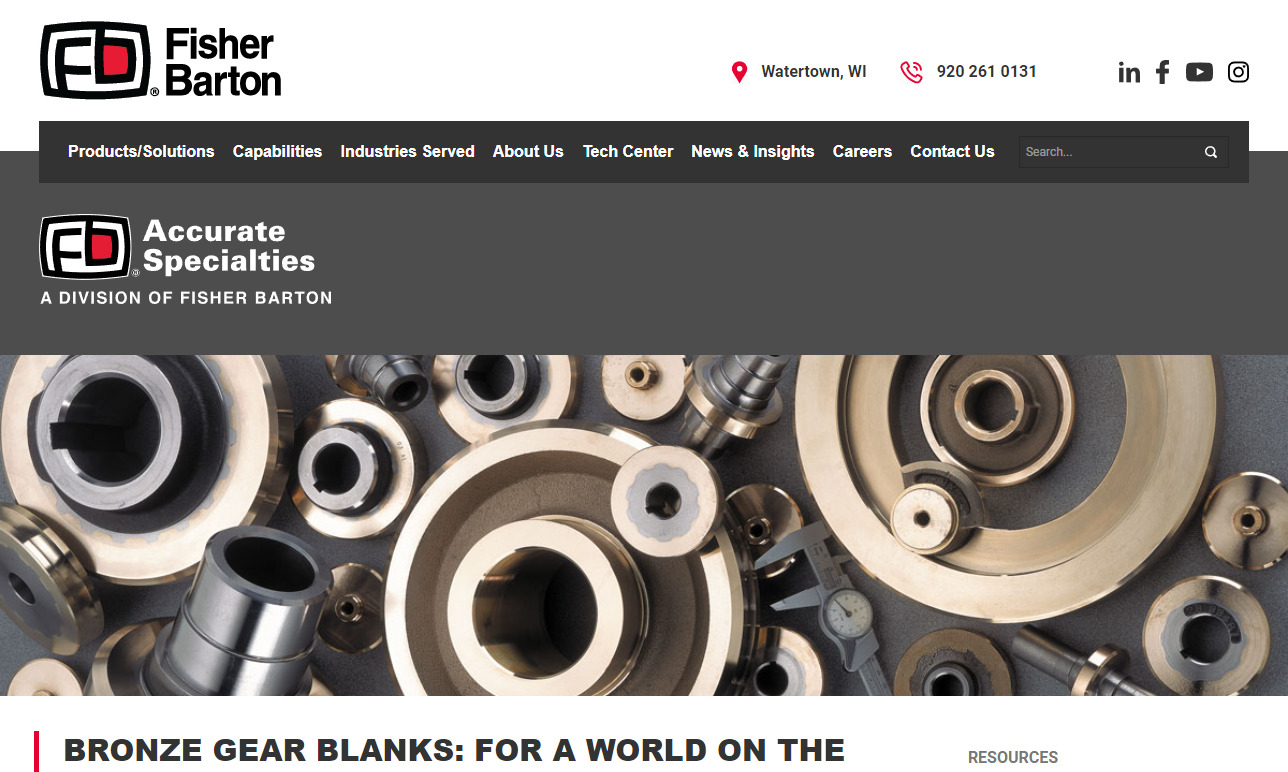
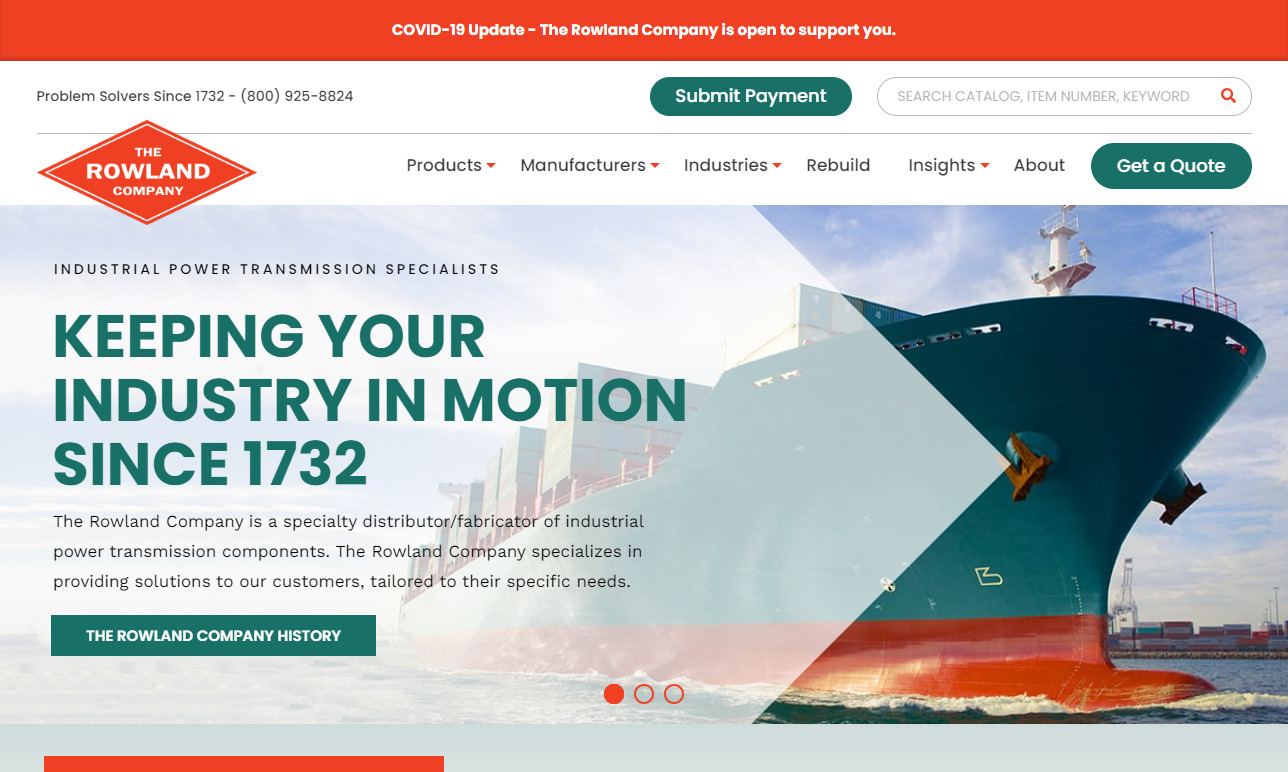
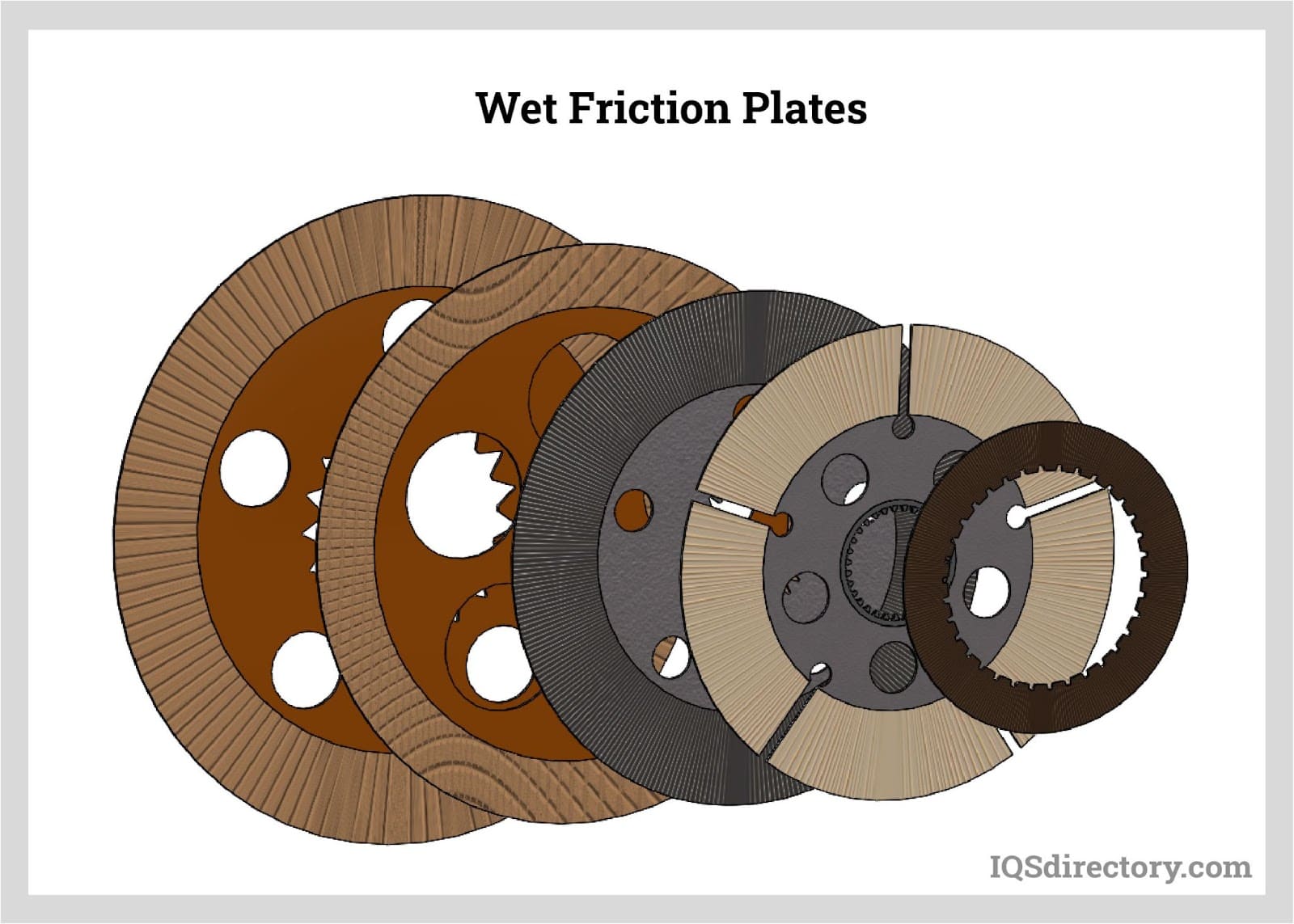
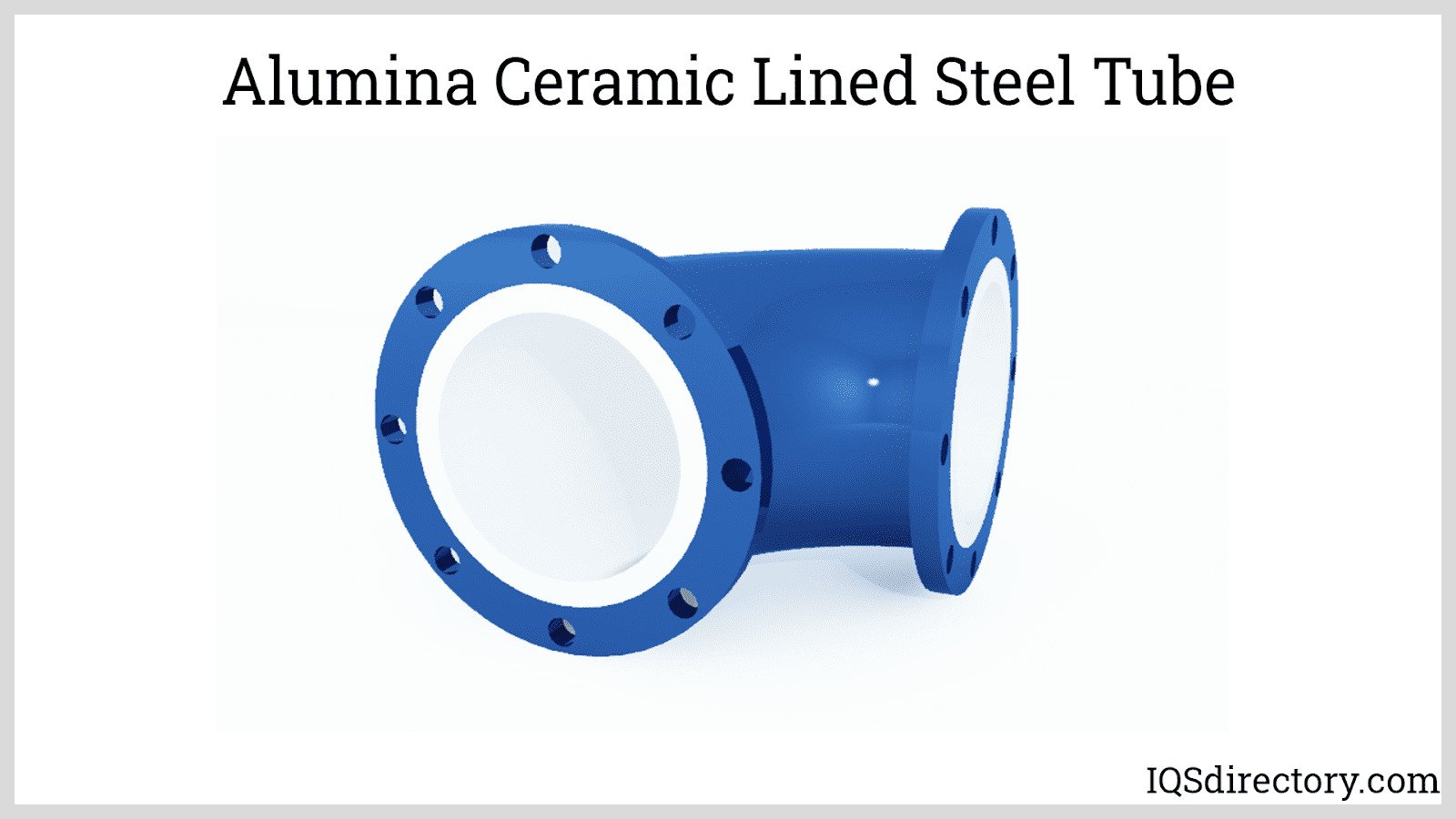
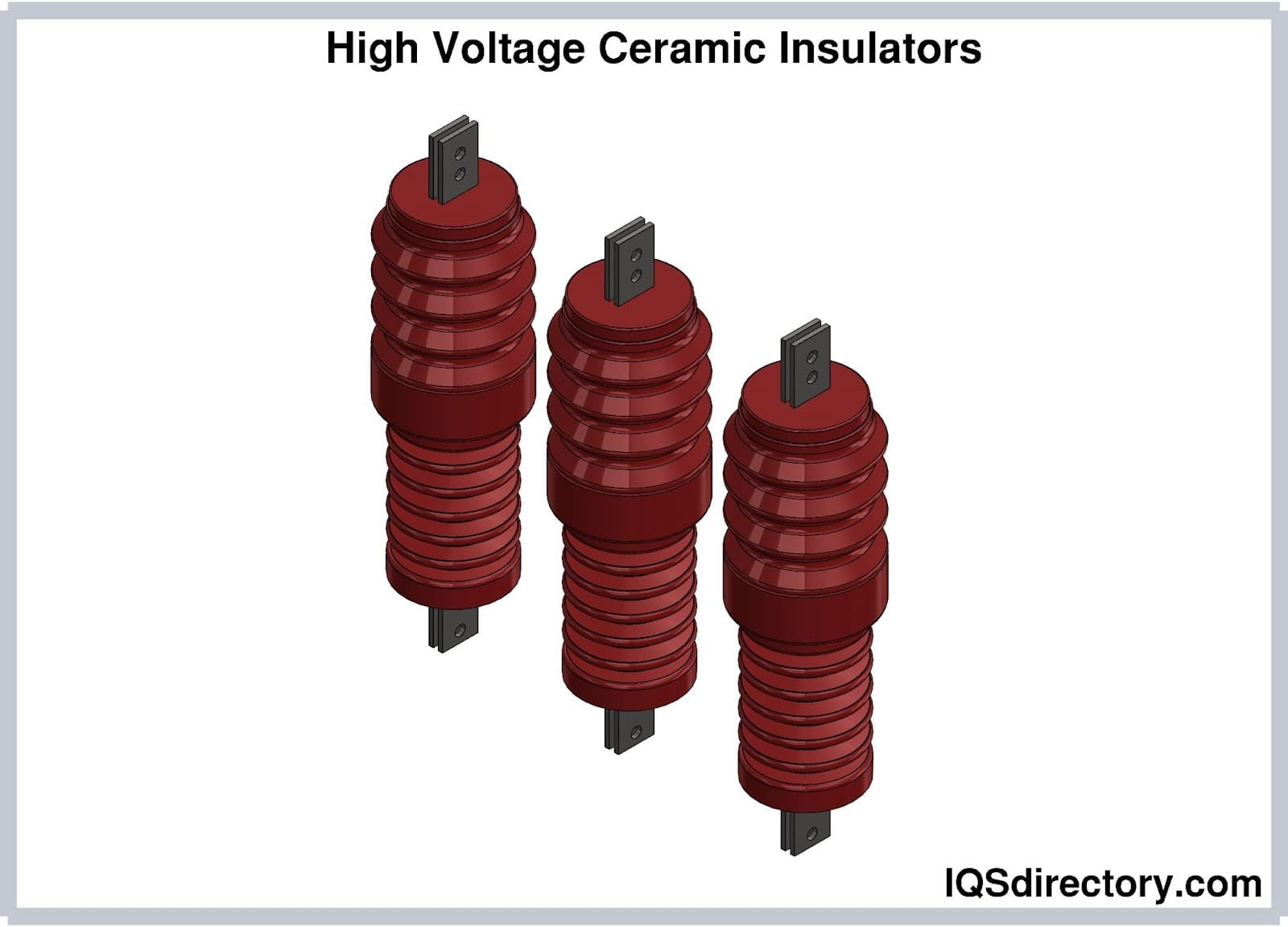
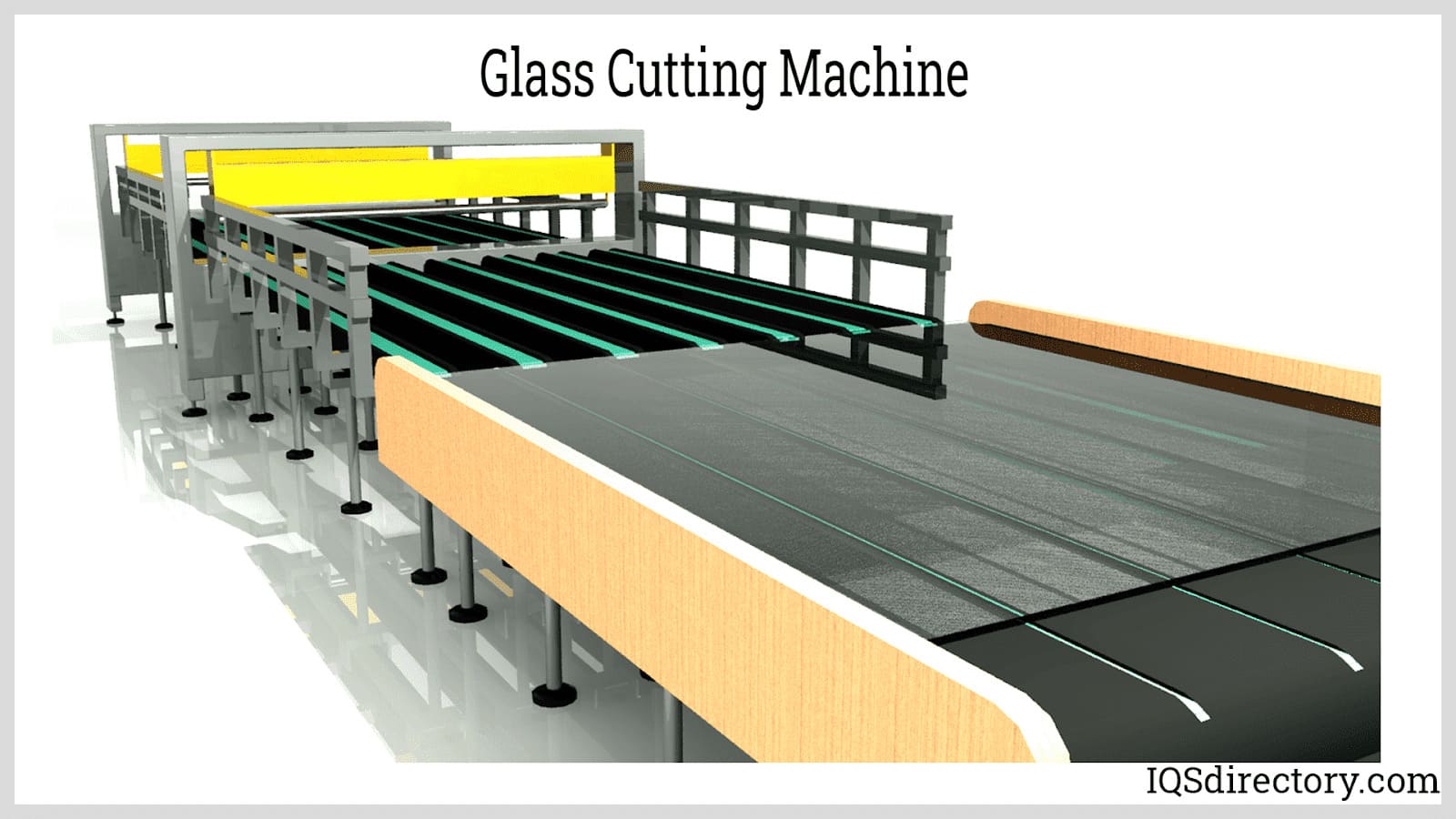
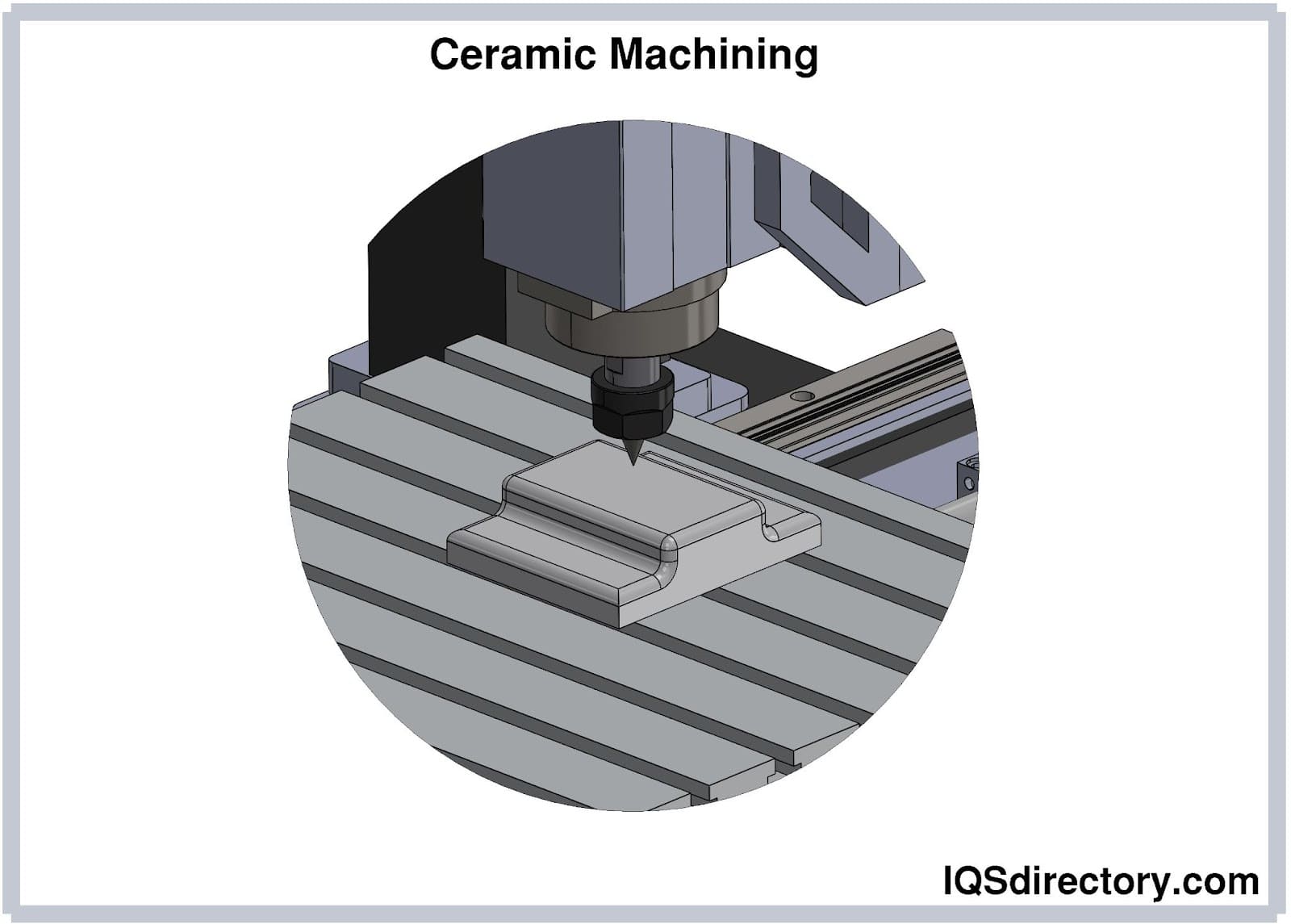
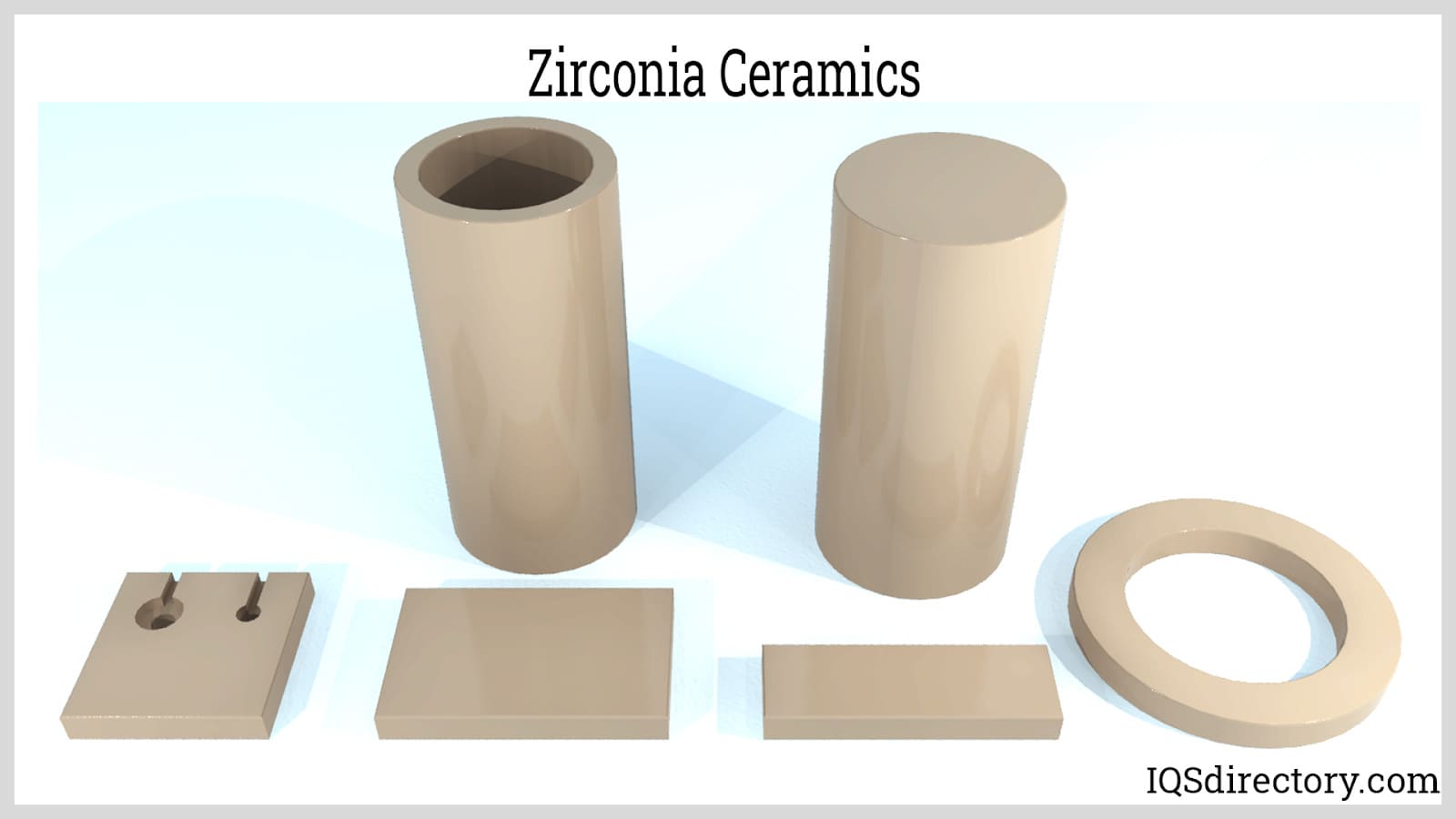
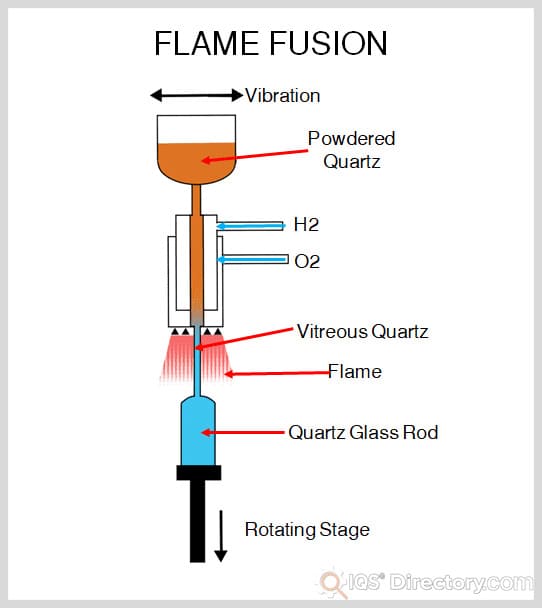
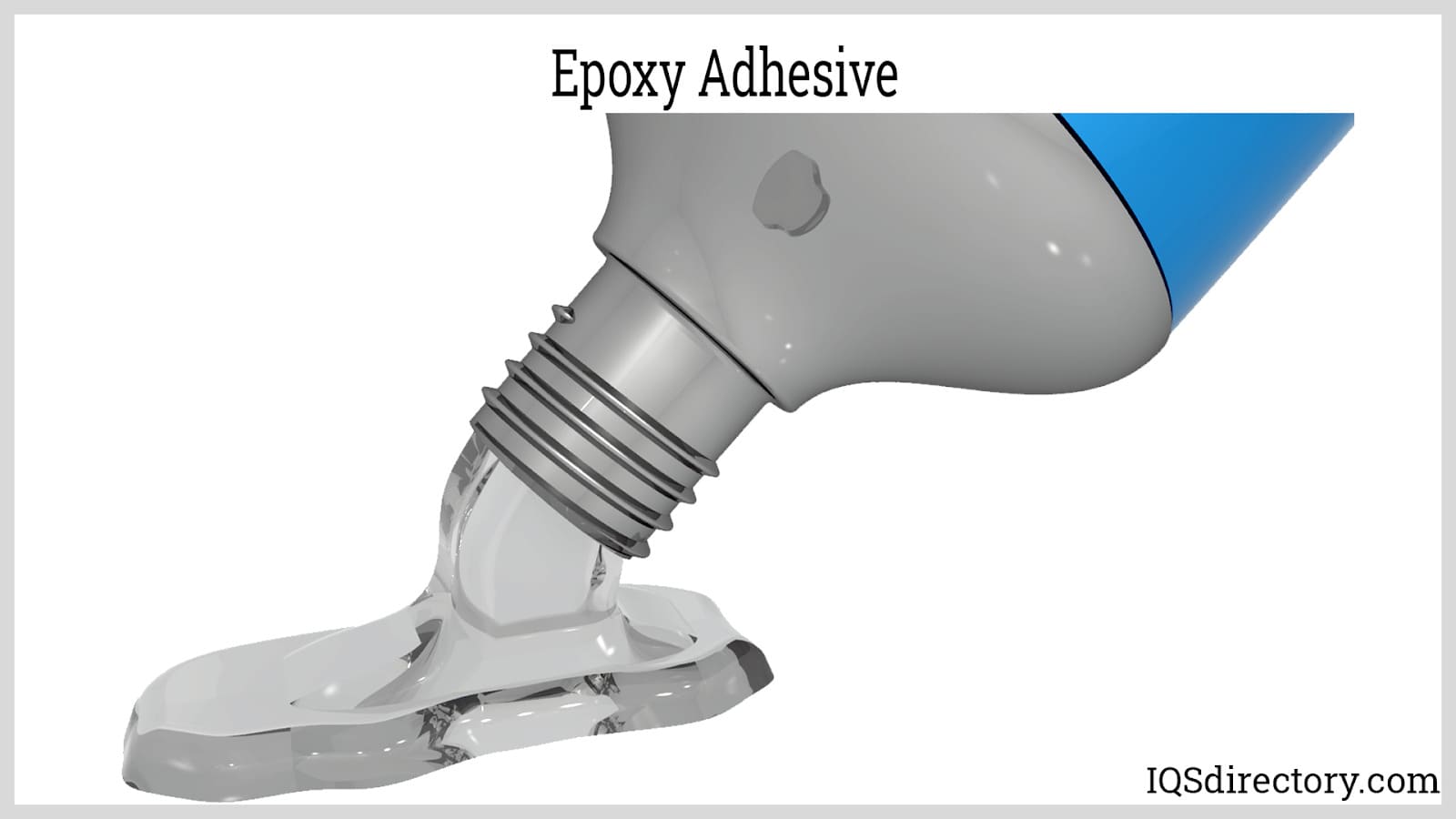
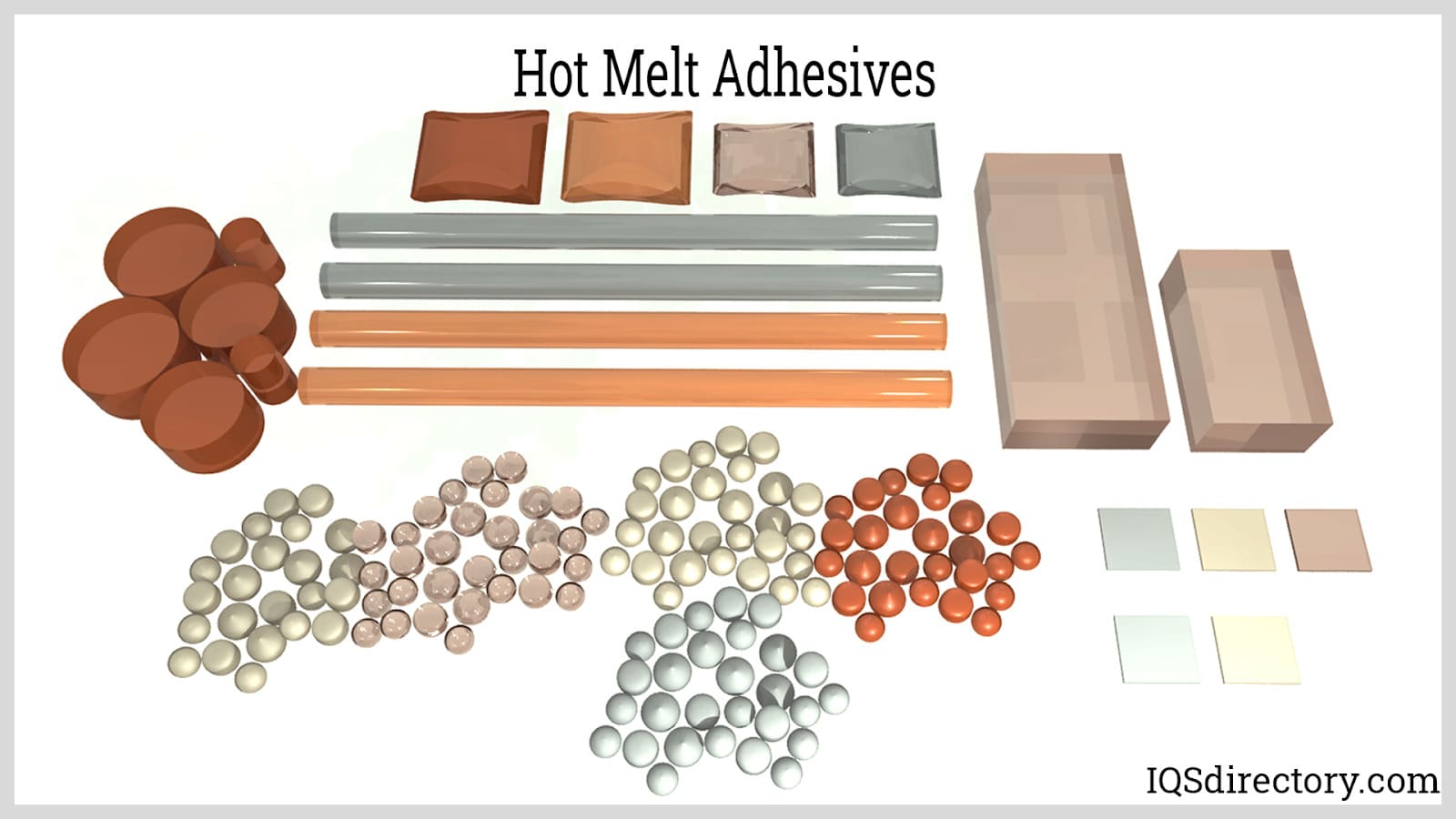
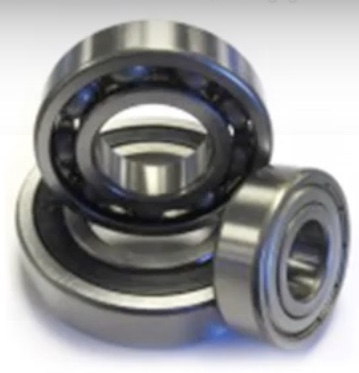 Ball Bearings
Ball Bearings Ball Screws
Ball Screws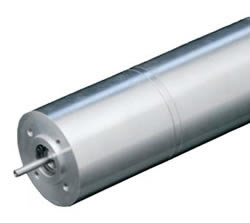 Electric Motors
Electric Motors Friction Materials
Friction Materials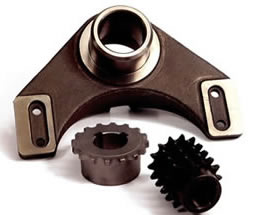 Gears
Gears Quick Release Couplings
Quick Release Couplings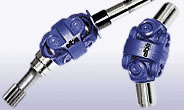 Shaft Couplings
Shaft Couplings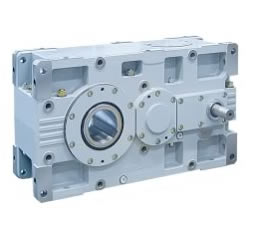 Speed Reducers
Speed Reducers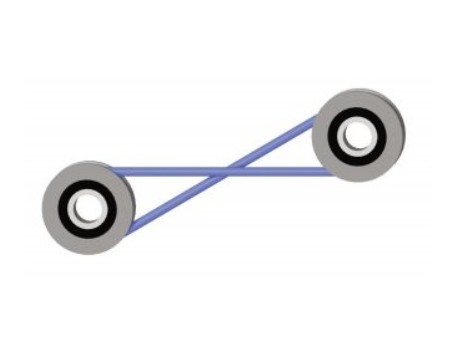 Timing Belting
Timing Belting Castings & Forgings
Castings & Forgings Bulk Material Handling
Bulk Material Handling Electrical & Electronic Components
Electrical & Electronic Components Flow Instrumentation
Flow Instrumentation Hardware
Hardware Material Handling Equipment
Material Handling Equipment Metal Cutting Services
Metal Cutting Services Metal Forming Services
Metal Forming Services Metal Suppliers
Metal Suppliers Motion Control Products
Motion Control Products Plant & Facility Equipment
Plant & Facility Equipment Plant & Facility Supplies
Plant & Facility Supplies Plastic Molding Processes
Plastic Molding Processes Pumps & Valves
Pumps & Valves Recycling Equipment
Recycling Equipment Rubber Products & Services
Rubber Products & Services